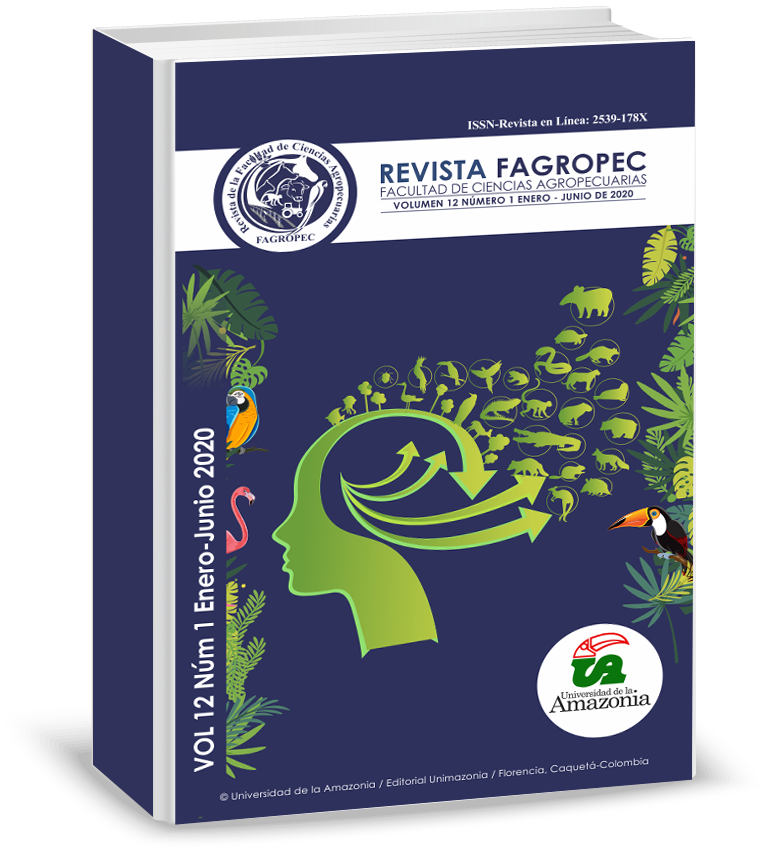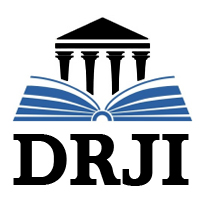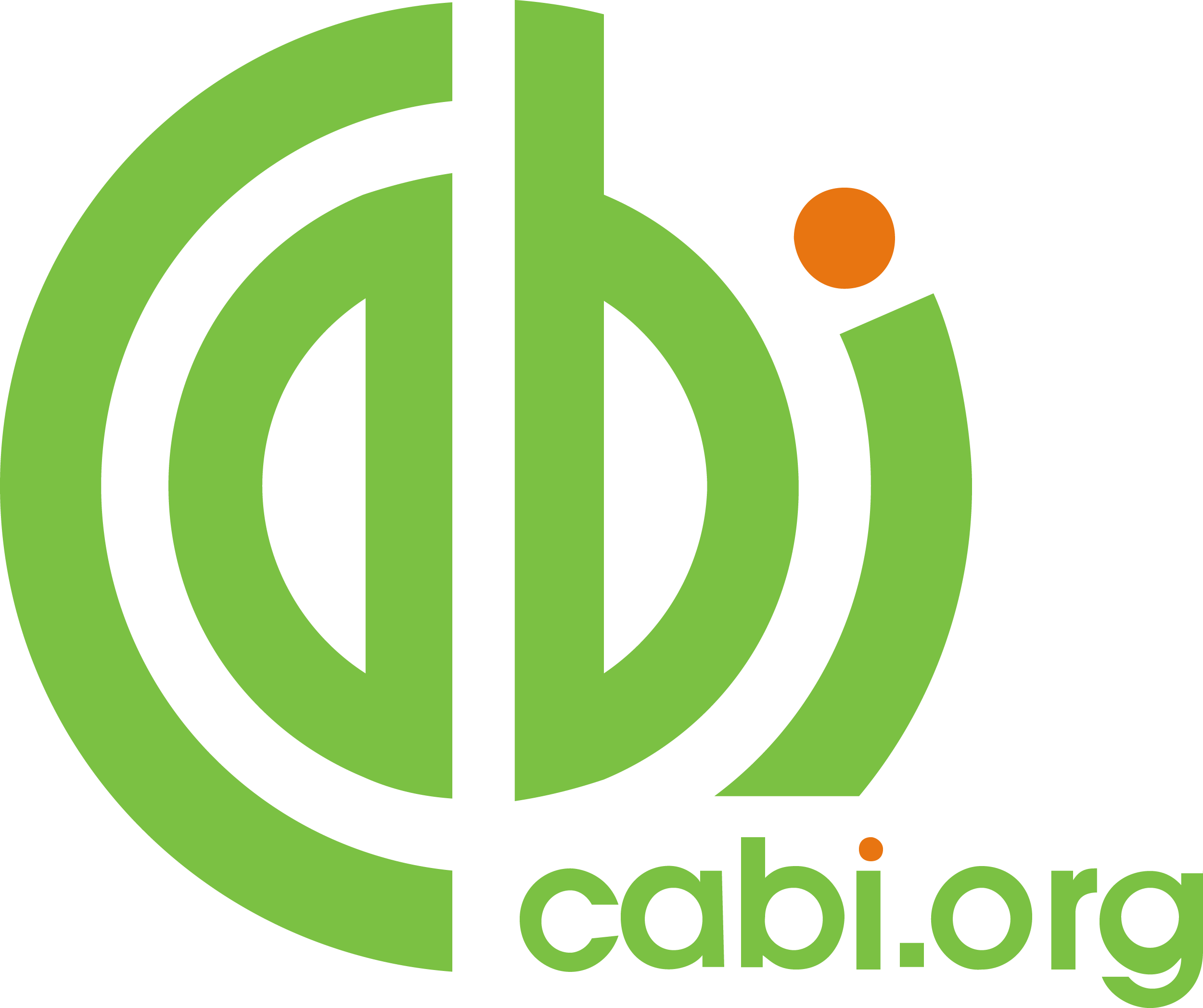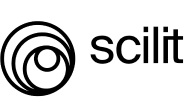Characterization of the caprine pr oduction system experimental farm at the University Francisco de Paula Santander Ocaña, Colombia.
DOI:
https://doi.org/10.47847/fagropec.v12n1a3Keywords:
Sheepfold, semi-stable and recordsAbstract
The purpose of this study is to characterize the goat production system of the experimental farm of the Universidad Francisco de Paula Santander (UFPSO) in Ocaña, in order to recognize the components of the production system, taking as a differentiating point, the fact that it is a sheepfold that provides services to research and academia. The type of applied research was qualitative of descriptive type, with non-probabilistic sampling for convenience. A survey was applied as an instrument for the collection of data to the Director of the system, the Zootechnician in charge of reproduction and the Veterinarian responsible for health. This survey includes 8 factors that cover the agricultural, livestock, economic and socio-cultural components, studying parameters such as: generalities of the production system; nutritional and food management; existing animal and genetic inventory; productive process and reproductive management; sanitary management; economic component; marketing and administrative process. The system is semi-stable, dedicated to the specialized production of milk and genetics for this purpose. Rigorous management of productive, sanitary and reproductive records was observed, showing strengths in innovation strategies in the transformation processes of dairy and meat products made from discarded males; these products are marketed at the University's point of sale and in the area's supermarkets. Likewise, processes for measuring animal welfare, studies to determine the sustainability of production and conservation of local breeds are implemented, with biotechnological processes in Santandereana goats. The UFPSO sheepfold is a reference for the development of the goat sector, providing training, advice and genetics at affordable prices, which has a positive impact on the region. On the other hand, it presents points to improve in the determination of production costs, due to the characteristics of public entity that governs it and the surcharges that this entails.
Downloads
Downloads
Published
Issue
Section
License

This work is licensed under a Creative Commons Attribution-NonCommercial-ShareAlike 4.0 International License.

